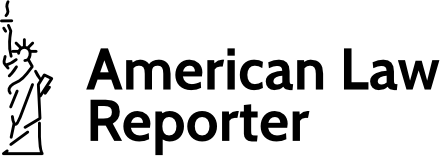In February 2023, the United States Supreme Court heard Gonzalez v. Google, a pivotal case examining the extent of legal protections for internet platforms under Section 230 of the Communications Decency Act (CDA).
This case centered on whether platforms like Google could be held liable for algorithmically recommending user-generated content that promotes terrorism.
Background
The lawsuit was initiated by the family of Nohemi Gonzalez, a 23-year-old American student killed in a 2015 terrorist attack in Paris. The plaintiffs alleged that Google’s subsidiary, YouTube, had recommended ISIS recruitment videos to users, thereby aiding and abetting the terrorist organization responsible for Gonzalez’s death. They contended that such recommendations went beyond the traditional scope of protections afforded by Section 230, which generally shields platforms from liability for third-party content.
Supreme Court’s Ruling
In a decision that has significant implications for the tech industry, the Supreme Court ruled in favor of Google, upholding the broad immunity provided by Section 230. The Court determined that algorithmic recommendations do not strip platforms of their legal protections, as these algorithms are considered an essential part of organizing and displaying vast amounts of user-generated content.
Implications
This ruling reaffirms the legal shield for internet platforms, allowing them to continue operating without the looming threat of liability for the vast array of content uploaded by users daily. However, it also reignites the debate over the responsibilities of tech companies in monitoring and controlling the spread of harmful content. Critics argue that this decision may lead to a lack of accountability for platforms in preventing the dissemination of extremist material, while proponents assert that it preserves the open nature of the internet and protects free expression.
Conclusion
The Gonzalez v. Google case underscores the ongoing tension between fostering an open internet and ensuring that platforms do not become conduits for harmful content. As technology evolves, so too will the legal interpretations and regulations surrounding it, making this a critical area to watch for future developments.
For more detailed information, refer to the coverage by The New Yorker

